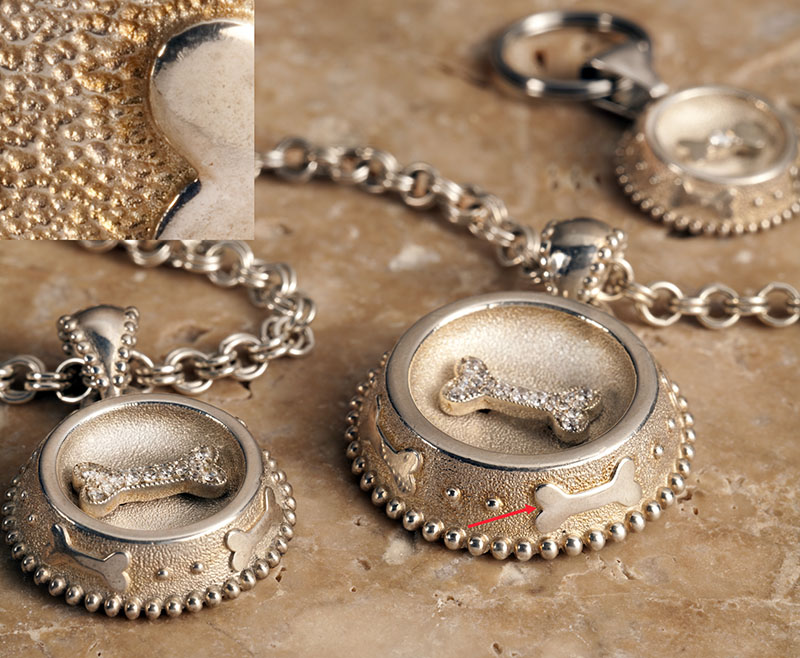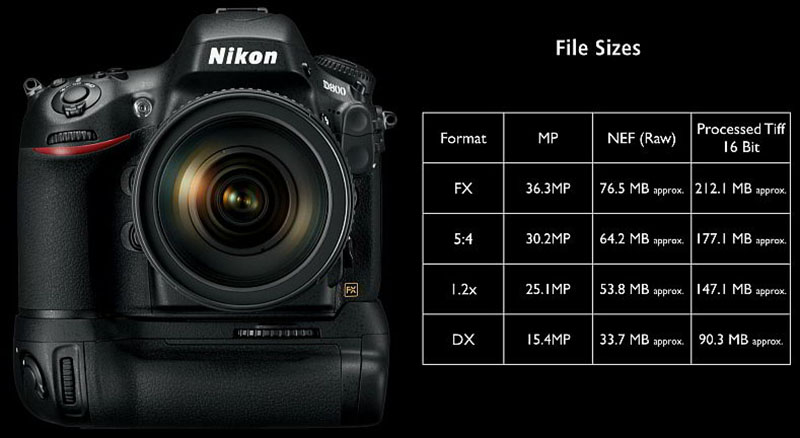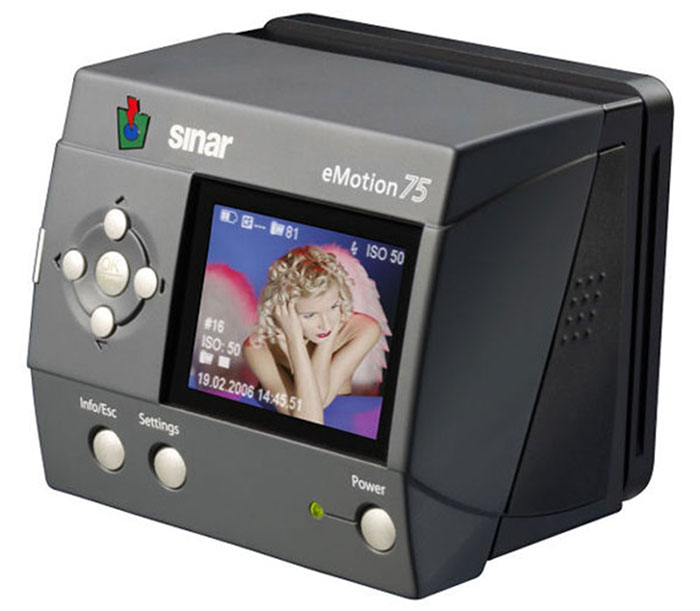
First, the simple (and dare I say, newsworthy?) fact: DxO Labs has announced that their DxO Mark tests have demonstrated the image sensor in the recently announced Nikon D800 digital SLR performs remarkably well, in some cases better than the top medium format digital backs.
Let me say right from the start that this is a very engineering-focused (OK, geek-focused) evaluation of a camera (really just the sensor in this case). A great photograph is about much more than the camera and lens used to capture the image. But the camera does play a role, and the minutiae about sensor specifications and performance are of at least some interest.
But I’m not talking here about whether this or that camera will really help you get better pictures (for the record though, I’m one of those who thinks composition is infinitely more important than camera specifications). Instead, I want to focus on what these latest tests suggest for the world of digital photography.
Not too terribly long ago I wrote an article for Digital Photo Pro magazine, addressing the question of whether we had reached the proverbial “end of the road” when it came to the digital SLR image sensor. After all, more megapixels means smaller individual photo sites, which means more noise, lower dynamic range, and lower image quality, right? I very seriously went into the writing of that article assuming I already knew the conclusion, and that the end of the road was right in front of us.
After talking to several people much smarter than myself, I became convinced I was wrong, and that we perhaps had a long way to go for the digital SLR format image sensor (“full frame” and APS-C formats, in general). To be honest, I felt a little uneasy about presenting that conclusion. I had been presented with some very compelling scientific evidence, but that evidence seemed to go against my gut feeling, as well as the bias I had developed over the years. But I trusted the people who had shared the information about new (and future) technological developments and possibilities.
The latest test results from DxO Labs speak very highly of the quality of the image sensor in Nikon’s D800 digital SLR, and certainly make me feel more comfortable about what I wrote in that article. But it still feels a little surprising.

As seems to happen so often with all things technological, just when we think we’re reaching the end of the line, the limits of physics, or some other barrier, very smart people find a way to get around those limitations. I love when that happens. Perhaps that’s why from a very young age I idolized Chuck Yeager, who was first to break the Sound Barrier.
More than a few engineers didn’t really think a pilot could retain control flying that fast.
As a photographer I think it is great that technology keeps advancing beyond what we think the limits are. As a self-confessed computer geek I think it’s really cool. I don’t think the Nikon D800 is going to destroy the market for medium format digital backs. In theory it might give pause to some medium format photographers, but in reality I think different tools attract different people for different reasons, and there’s a lot of inertia in place there.

What I take from all of this is that we can count on the tools available to us in digital photography to continue to get better all the time. That’s a very good thing. But as much as I love cool new technological achievements, I’m going to try my best not to get distracted. While not generally referred to as someone with tremendous humility, I am humble enough to know that my photography has much more room for improvement from the standpoint of composition and style than it does from technical attributes such as signal-to-noise ratio and exposure latitude.
© Posted by Tim Grey


